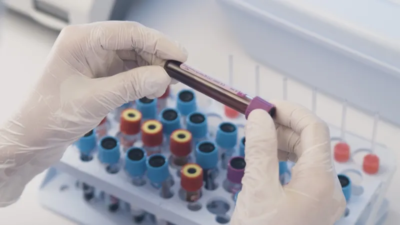Sustainable Flower Farms for a Cleaner World

In recent years, flower farms around the world have implemented sustainable farming practices in an effort to reduce their environmental footprint while meeting consumer demand for high-quality blooms. These eco-friendly and sustainable farms are utilizing a variety of strategies and techniques to minimize their impact on the environment.
One way that some flower farms are becoming more sustainable is by adopting regenerative agriculture practices, which aim to improve soil health and sequester atmospheric carbon dioxide (CO2) into the soils through organic farming methods like crop rotation, no-till planting, and cover cropping. This can result in improved soil fertility and increased crop yields with lower energy inputs for flower farmers.
Additionally, some flower farmers are incorporating composting of organic wastes into their operations as a way to reduce waste and increase soil fertility. For example, a study conducted in India found that growers who incorporated composting saw higher yields than those who did not (Chandra et al., 2013).
Many flower farms have also adopted integrated pest management approaches to reduce pesticide use. This involves using biological control techniques such as releasing beneficial insects onto the crops or using mechanical devices such as traps or barriers to protect plants from pests without chemical intervention (Zhang et al., 2020).
Additionally, some growers are using environmentally friendly fertilizers such as fish emulsion and seaweed extract that provide essential nutrients while reducing runoff pollutants (Guo et al., 2018). Finally, many flower farmers around the world have committed to reducing water usage in their operations by implementing water conservation strategies such as drip irrigation systems or mulching plants with straw or other materials to help retain moisture in the soil (Kasugahama et al., 2017).
Drip irrigation systems can be used to deliver water directly to the root system of flowers so less water is lost due to evaporation or runoff. In addition, some flower farmers have invested in rainwater harvesting systems that capture rainfall from roofs or other structures for reuse instead of relying on groundwater resources (Leyland & Kang’ethe, 2017).
Overall, it is clear that many flower farms worldwide are making strides towards sustainability by implementing innovative technologies and strategies aimed at reducing input costs while decreasing impacts on the environment. As consumer demand for ethically produced blooms increases, we can expect more growers, like those used by flower delivery and gift basket companies, around the world will continue introducing these eco-friendly practices into their operations.
References:
Chandra V., Rani A., Dadhwal M., 2013. Vermicompost: An Ecofriendly Approach To Improve Flower Yield Of Rose Cultivar ‘Gulab Jamun’.
International Research Journal of Environment Sciences 2(7): 65–68. Guo J., Li J., Wang C C., Liu S K., 2018. Evaluation Of Seaweed Extract On The Growth And Quality Of Lilies Under Field Conditions In China Using Partial Factor Analysis Methodology.
Journal of Plant Nutrition 41(14): 2306–2322. Kasugahama Y., Ohta M,. Okumura H,. Tanaka K,. Fujikawa S,. 2017 Water Conservation Techniques Used By Flower Farmers In Japan And Their Effects On Flower Quality And Quantity Of Production Per Unit Area; Agricultural Water Management 186: 183–192.
Leyland P G W & Kang’ethe E K,. 2017 Rainwater Harvesting Strategies For Enhancing Soil Moisture Availability And Supporting Sustainable Agriculture In Semi Arid Areas; Agricultural Water Management 184: 141–153
Zhang F L , Zhao Q X , Chen S L , Fu X B , 2020 Integrated Pest Management Practices In Chinese Chrysanthemum Production Systems; Chinese Geographical Science 30(4): 537–546
Alexia is the author at Research Snipers covering all technology news including Google, Apple, Android, Xiaomi, Huawei, Samsung News, and More.












